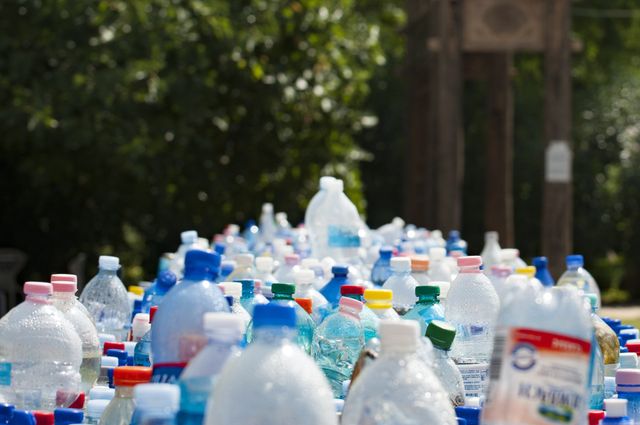-

Rethinking Resource Use: Regional Perspectives
Northeast Recycling Council and the Center for Sustainable Materials Management at SUNY ESF
October 28th to October 30th
SUNY ESF | Syracuse, NY
View the Agenda -
8th Annual Environmental Leadership Awards
October 29th, 5:30-7:30
Marriott Downtown | Syracuse, NY
Reserve Your Spot -

The Guide to Increasing Recycling Supply
The Guide is a compilation of case studies about real examples of regulatory and non-regulatory strategies used by state and local governments, private industry, and non-profit organizations to increase the quantity and quality of residential recyclable materials.
Explore the Guide -

Upcoming Webinars & Forums
- Extending the Life Cycle of Textiles Forum Series
- Reducing and Diverting Plastic Waste in Bio-Medical Laboratories and Facilities
Learn More & Register
Our Mission
To minimize waste, conserve natural resources, and advance a sustainable economy through facilitated collaboration and action.
Our Vision
Is a world in which waste is minimized and natural resources are conserved.
The Northeast Recycling Council, Inc. (NERC): Leading the Way to a Greener Future in 11 States
NERC is a multi-state 501(c)(3) non-profit organization working to bridge informational gaps across the public and private sectors, develop educational resources, and advance conversations on critical issues across sustainable materials management.

-
Connecticut
State Information-----------------
-
Delaware
State Information -
Maine
State Information -
Maryland
State Information
-
Massachusetts
State Information-----------------
-
New Hampshire
State Information -
New Jersey
State Information
-
New York
State Information-----------------
-
Pennsylvania
State Information -
Rhode Island
State Information -
Vermont
State Information
NERC News & Updates:



© 2024 All Rights Reserved | Northeast Recycling Council | Privacy Statement | This site is powered by Neon One














